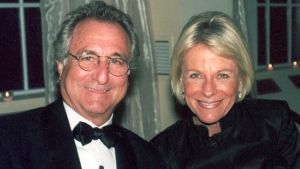
The top 10 ways of reducing air pollution
1. Getting around by public transportation Taking public transportation, even in carpools, is a quick and easy way to reduce air pollution because it uses less gas and energy. Aside […]


1. Getting around by public transportation Taking public transportation, even in carpools, is a quick and easy way to reduce air pollution because it uses less gas and energy. Aside […]

The scandal which rocked the financial markets around the globe known as the LIBOR fixing scandal has done much to undermine the already low public view of traders and banks […]

From 1960 until he was finally arrested in 2008, Bernard L. Madoff was the chairman of Bernard L. Madoff Investment Securities LLC. Over the years, the company eventually grew to […]

Educational posters try to depict an idea or a piece of knowledge to a wide audience in a simple yet effective manner. The use of educational posters for education purposes […]